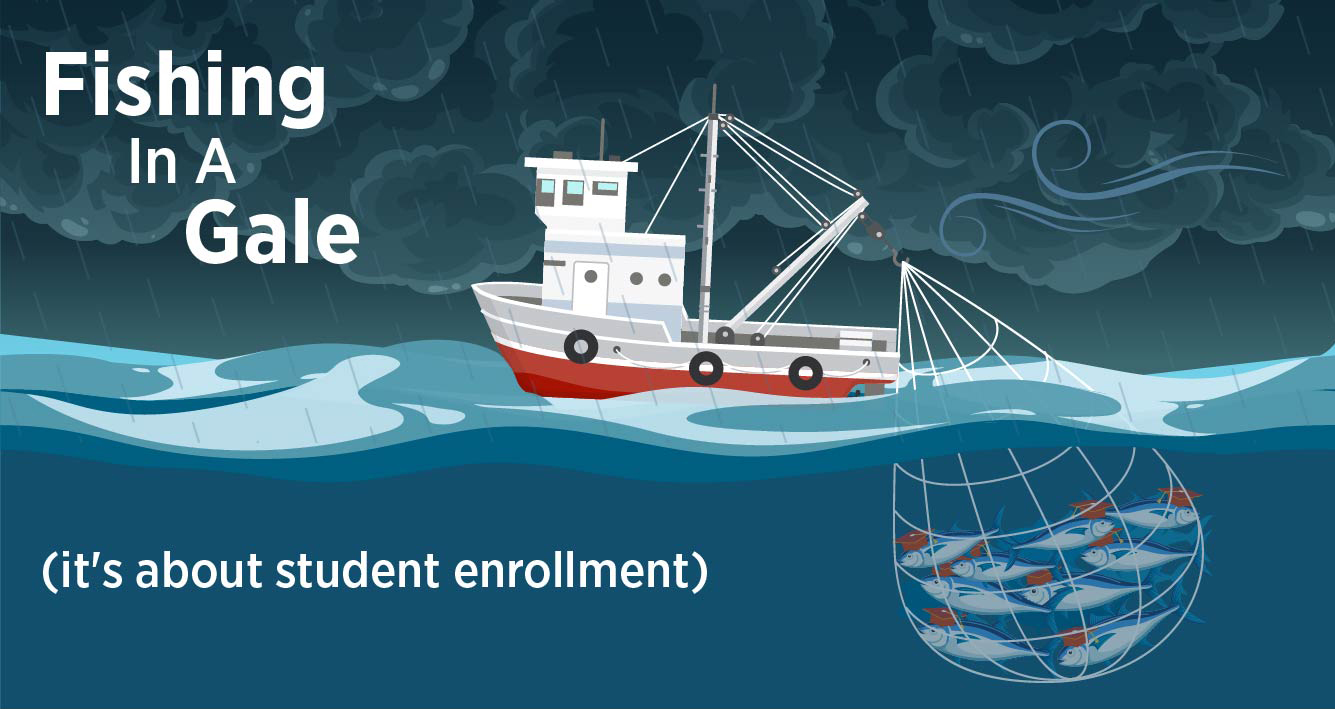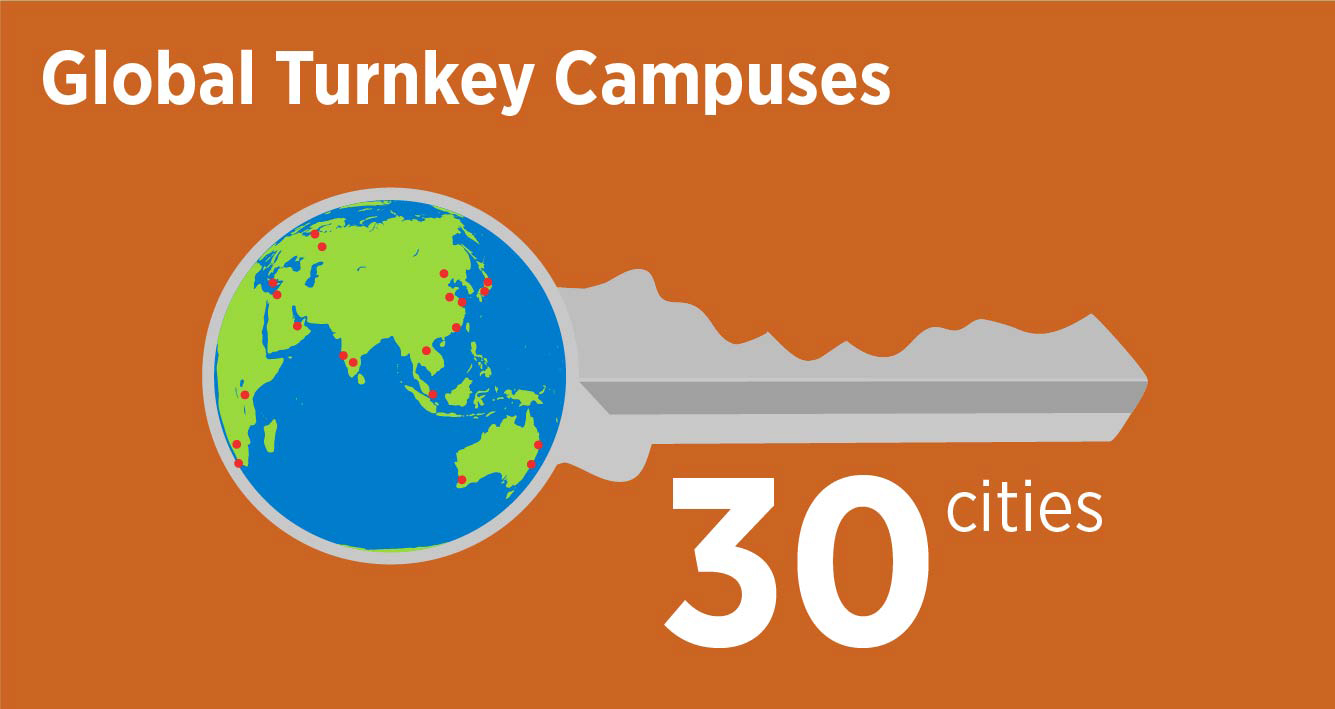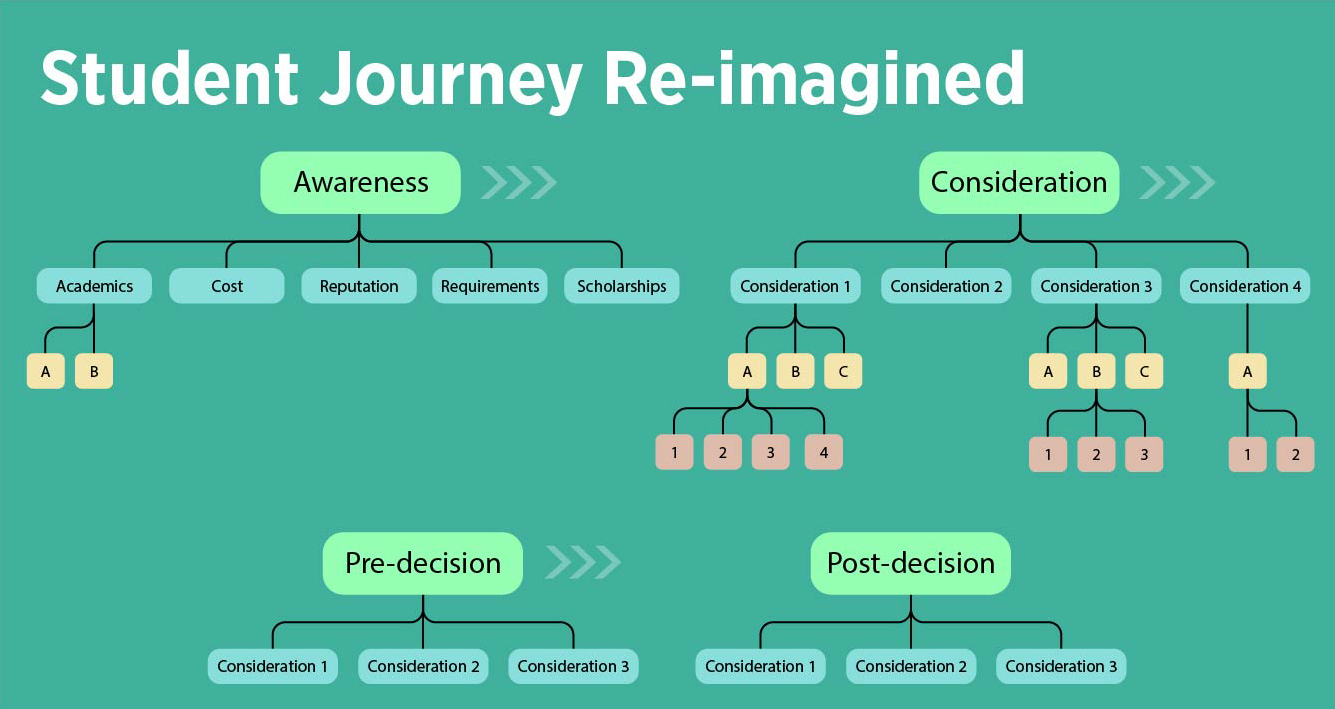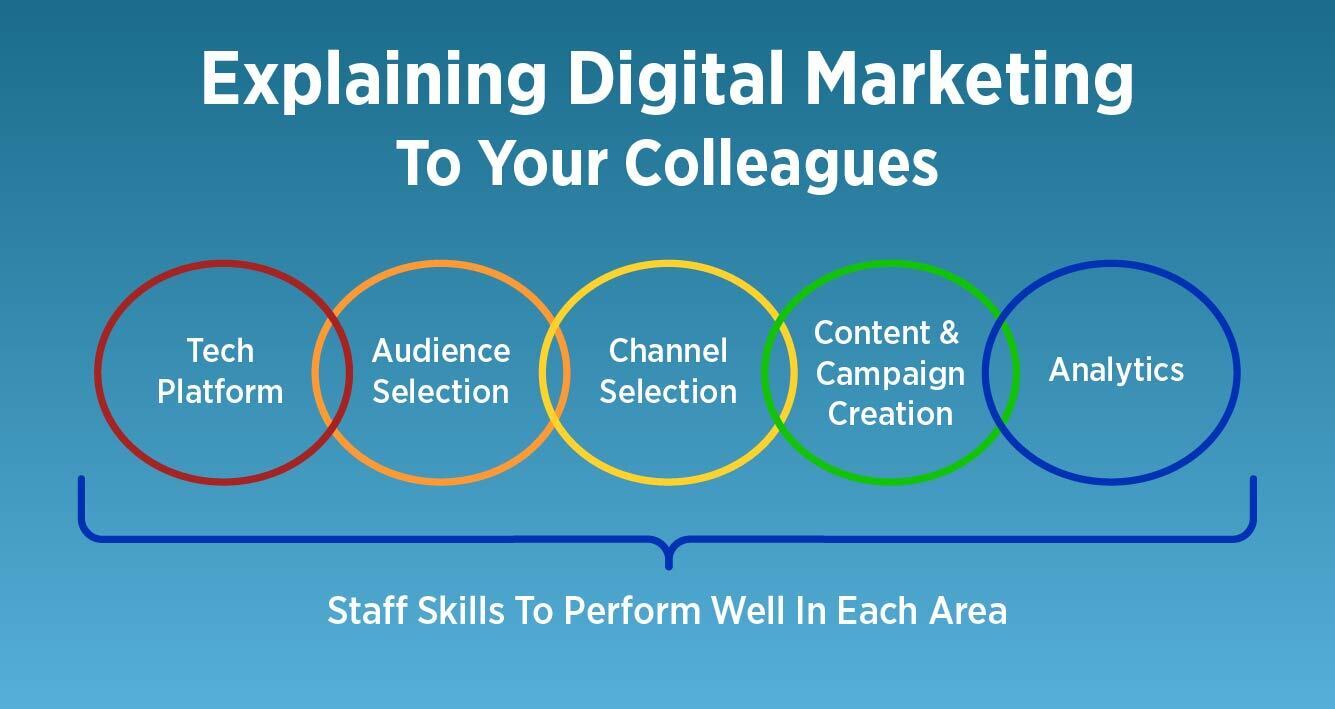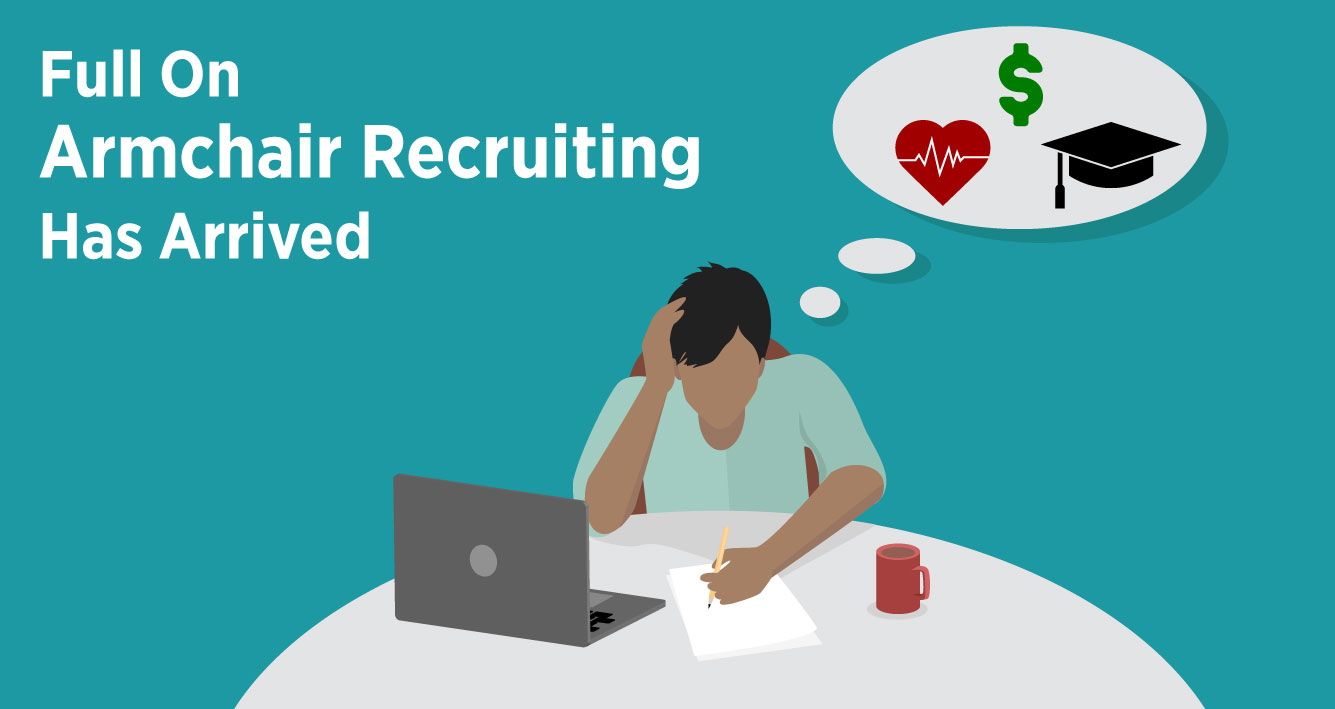You all see the enrollment storm we are heading into, right?
Now is the ‘Break Glass’ moment. If you act smart, fast, and right now, your fall enrollment is still salvageable, sort of. And your class of 2021 can remain within reach.
So, that travel budget you won’t be spending on travel? It’s time to determine how you will re-allocate it to make the greatest impact. And yes, you will need ALL of it (and more) to try to make things work out for your institution.
Sound overly dire? If you are thinking that, we fear you have not played this out far enough. Two key points to consider:
- China, 3 months ahead of the rest of the world on the whole COVID-19 thing, has yet to open any of its universities as of April 1.
- Last week, the US recorded 3.3M new jobless claims, the largest one-week spike ever. By a factor of 6x. And if that weren't bad enough, the next weekly figure is projected to exceed last week's. By alot.
Yes, you will need a strong marketing budget to withstand the storm ahead.
Our primary message right now: gather the team you trust around you. There are SO many offers from vendors (like us) seeking your limited budget dollars and offering to take your classes and faculty online and do so much more for you. Some institutions are making snap judgments they are going to regret in 3 to 6 months. Go with the team you know and trust to have deep industry experience and a nimble approach.
Why? Because the situation is going to continue to be fluid for quite a while. This is not a time to partner up with folks you are unsure of.
One more reality to consider:
- Assuming the world's visa process is turned back on for international travelers, are you going to allow international students to join you on campus this fall without a quarantine period? Will you make decisions based on where they are from? Wuhan? Seoul? But wait, what about an admitted student from Seattle or NYC? How will you communicate the safety of your campus environment to your students and their parents?
This situation will remain fluid for quite some time. Processes will need to adapt. Having nimble and trusted partners allows you to move forward with as much confidence as possible, knowing your team can adapt quickly and never questioning their motives. Our team truly has your best interests in mind.
The constant in the student journey
Students start their discovery process by asking a number of key questions. It starts with a, “What if?” exploration. There is a level of excitement for possibilities. It quickly turns to more concrete questions of:
- Do you have programs in my areas of interest? and
- Can I afford it?
The answers to these questions have ALL changed in just a few short weeks.
Our digital Town Hall meetings over the past few weeks have been invaluable sources of insight in navigating this unprecedented situation. The two resource and tip guides that accompanied them have been gobbled up. Fortunately, they are digital so we can make more of them instantly ; -)
You can access these valuable Resources and Tips PDFs, as well as recordings of both Town Hall meetings, at the end of this post. Read on.
Read More

